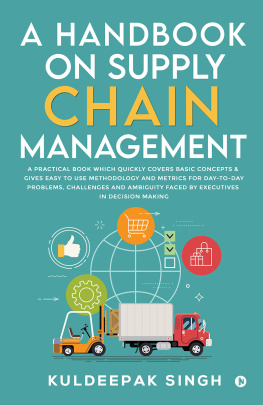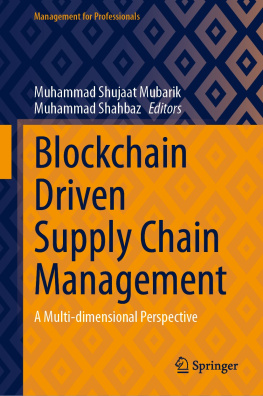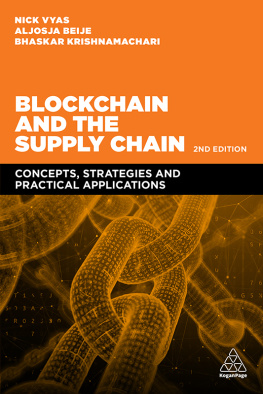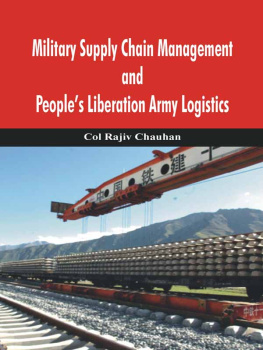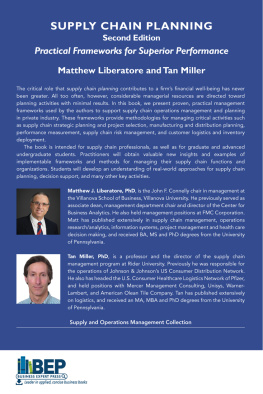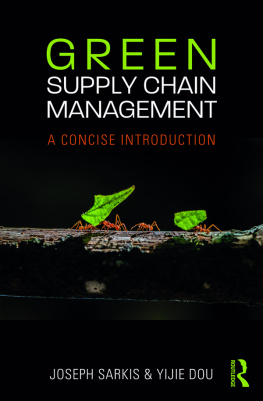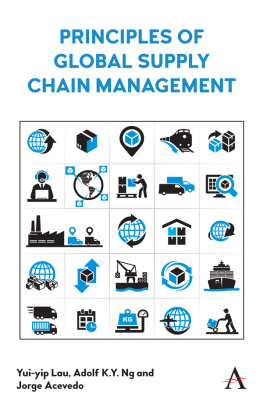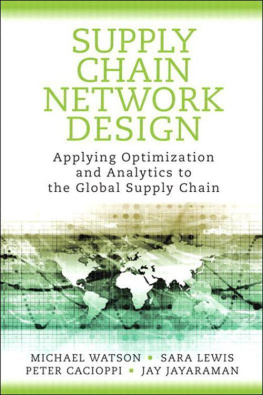

Notion Press
No. 8, 3 rd Cross Street,
CIT Colony, Mylapore,
Chennai, Tamil Nadu 600 004
First Published by Notion Press 2021
Copyright Kuldeepak Singh 2021
All Rights Reserved.
eISBN 978-1-63850-888-5
This book has been published with all efforts taken to make the material error-free after the consent of the author. However, the author and the publisher do not assume and hereby disclaim any liability to any party for any loss, damage, or disruption caused by errors or omissions, whether such errors or omissions result from negligence, accident, or any other cause.
While every effort has been made to avoid any mistake or omission, this publication is being sold on the condition and understanding that neither the author nor the publishers or printers would be liable in any manner to any person by reason of any mistake or omission in this publication or for any action taken or omitted to be taken or advice rendered or accepted on the basis of this work. For any defect in printing or binding the publishers will be liable only to replace the defective copy by another copy of this work then available.
Preface
As a Logistics and Supply Chain Professional, it was everyday affair to deal with dynamics of the trade and overcome problems with best possible outcome. Experimentation with lot of concepts to handle complexities of the operations was a tedious but necessary task. While dealing with tricky and ambiguous situations the first thing which always came to mind was to refer some guidebook quickly, but it was always challenging to go back on the reading desk and look for the relevant book having the suitable topic. Most of the books are too elaborative in nature and full of theories with little practical insights and few are even missing practical applications cum solutions for the risk assessment, decision making or bringing visibility in supply chain.
Being Supply chain practitioner himself, one always floundered to have such reference material at work desk to be referred quickly before getting involved to drawing board and design solutions especially at the Executive and Managerial level.
This QuickBook solves the problem to a large extent and contains successfully applied solutions and gives a refreshed look on the concepts which are there but in scattered form.
The book is conceived with a view to give basic concepts and provide practical approach in easy and comprehensible manner for decision making. Primary aim is to benefit existing Logistics and Supply chain professionals but its beneficial for student pursuing Certificate and Diploma courses on the subject to peek insight practical approaches before they enter in professional world. Also, it can be used to train managers who are NOT involved in Supply Chain and Logistics activity for quick insights and better understanding on the subject matter .
About the Author
Mr Kuldeepak Singh is a supply chain professional with a rich experience of a decade and half. He has handled multiple portfolios during his tenure and worked with many organizations like Hindustan Latex Limited, Godrej & Boyce Mfg. Co. Ltd to name a few. His expertise domain includes Optimizing Secondary and Last Mile Logistics, Process Mapping, Cost Optimization, Operational Excellence, Productivity Improvement and Warehousing (RFQ to Operations Initiation) in Consumer Durables, FMCG Sector and Healthcare Domain. Apart from this he has consultant level proficiency for Supply Chain in Health projects which he gained while working with one of biggest and oldest government health project Revised National Tuberculosis Control Project-II (RNTCP-II) and other Government projects.
His educational background includes M.Sc. (Mathematics), PGDBM in Marketing Management, & Diploma in Material Management. He is Six Sigma Green Belt Certified professional from Indian Statistical Institute. His on-the-job work roles provided him rich exposures in audit domain (includes ISO-9001:2015 and FoSCoS), Project Management Office & Digital Initiatives.
Chapter
Basics of Supply Chain Management
1.1 Definition
Supply chain is a concept which can be defined as an interconnected system which consists the network of physical and virtual flow of goods and services to satisfy the customer demand as per their desired service levels and at optimum cost.
Physical flow can be categorized as People, Raw materials, finished goods through one or other means for facilitating the movement within or outside organization.
Virtual flow can be classified as flow of the cash and management information systems defined to ensure low risk and deviation from set objectives and ensure maximum visibility to the management for the decision making.
1.2 Supply Chain or Demand Chain
When we say Supply Chain it implies that the origin of the movement is triggered by the manufacturer or service provider but as the concept matured another thought started that movement or flow starts when there is need for the goods or service from the consumers. In other words when there is demand then the flow will take place and so the other associated activities.
Supply Chain and Demand Chain are basically two sides of the same coin and identical ones. An organization has the choice to define strategies based on to generate business. In technical terms one can go for PUSH strategy or PULL strategy for meeting the customer requirements
PARAMETERS | SUPPLY CHAIN | DEMAND CHAIN |
CAPITAL FLOWS | Cost drives the decision | Cash flow and profitability are important |
OBJECTIVE | Focus on operational planning | Focus on demand generation from market |
PERIOD | Short term goals | Long term goals |
PLANNING | Focus on execution | Focus on delivering value |
EFFICIENCY | Focus on high efficiency | Focus on effectiveness |
RISK | Risk Averse | Calculated Risk |
Exhibit-1: Difference Between Supply chain and Demand Chain
Authors Tip- For easy recall keep in mind the COPPER Matrix to understand the dynamics of the business in practical situation
1.3 Types of Supply Chain
Supply Chain strategy can vary from business to business and sector to sector, but they can be largely categorised in four types :
a. INTEGRATED MAKE-TO STOCK-MODEL (MTS) : Normally, a significant no of companies follows this model to ensure that they have the real time visibility of demand thru ERP and the products are stored in such a way that stocks out doesnt happen. Based on dynamics of market and inputs, MRP (Material Requirement Planning), production plans and schedules can be aligned to meet the requirements.
e.g.- FMCG companies like P&G, HUL, Godrej works on this model as they have multiple distribution channels like retail shops, Online, Canteens, Supermarkets and Malls etc
b. BUILT TO ORDER (Make to Order-MTO) : Its fast-paced model wherein the product is built almost immediately upon the receipt of order and send onwards for supply. It requires high level of inventory planning and model support the mass customization concept.
e.g. Dell Computers is the perfect example for such type of supply chain. It delivers to personalized product to each customer within defined timelines.
c. CONTINUOUS REPLENISHMENT MODEL (Make to Availability-MTA): Alternatively called as Make-to-availability Model ensure consistent replenishment of the stocks to ensure stocks our based-on demand from various customer segments. TOC (Theory of Constraints) is one such tool to implement such type of models which has gained popularity among companies.
Next page
